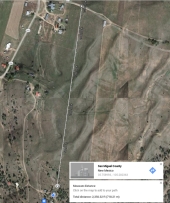
 4
4




 2
2




 2
2




 8
8




Moderator, Treatment Free Beekeepers group on Facebook.
https://www.facebook.com/groups/treatmentfreebeekeepers/





 3
3




 6
6




 3
3




![Filename: Screenshot_20240304_135614_Chrome.jpg
Description: [Thumbnail for Screenshot_20240304_135614_Chrome.jpg]](/t/242711/a/234124/Screenshot_20240304_135614_Chrome.jpg)
 7
7




"When the whole world is running towards a cliff, he who is running in the opposite direction appears to have lost his mind." C.S. Lewis
Visit https://themaineingredient.com for organic, premium dried culinary herbs that are grown, processed, and packaged in the USA.
 4
4




"When the whole world is running towards a cliff, he who is running in the opposite direction appears to have lost his mind." C.S. Lewis
Visit https://themaineingredient.com for organic, premium dried culinary herbs that are grown, processed, and packaged in the USA.

 5
5




Hans Albert Quistorff, LMT projects on permies Hans Massage Qberry Farm magnet therapy gmail hquistorff
 2
2




Noble Bowman wrote:Got clipped weird, but something like this --->
 7
7




 3
3




 2
2




Visit Redhawk's soil series: https://permies.com/wiki/redhawk-soil
How permies.com works: https://permies.com/wiki/34193/permies-works-links-threads



 2
2





Praying my way through the day

|
What are you doing? You are supposed to be reading this tiny ad!
Homestead Pigs Course
https://permies.com/wiki/365748/Homestead-Pigs
|





